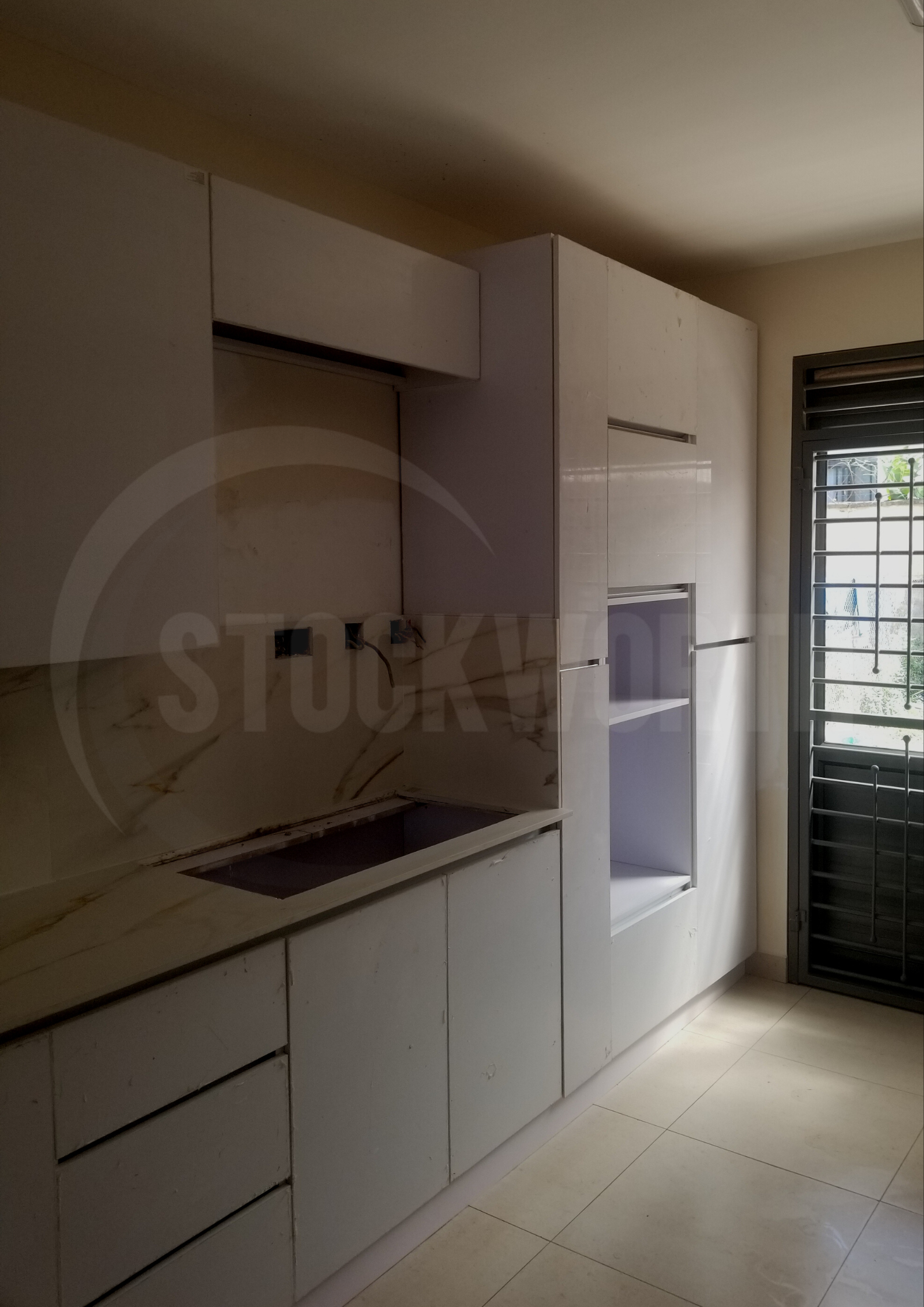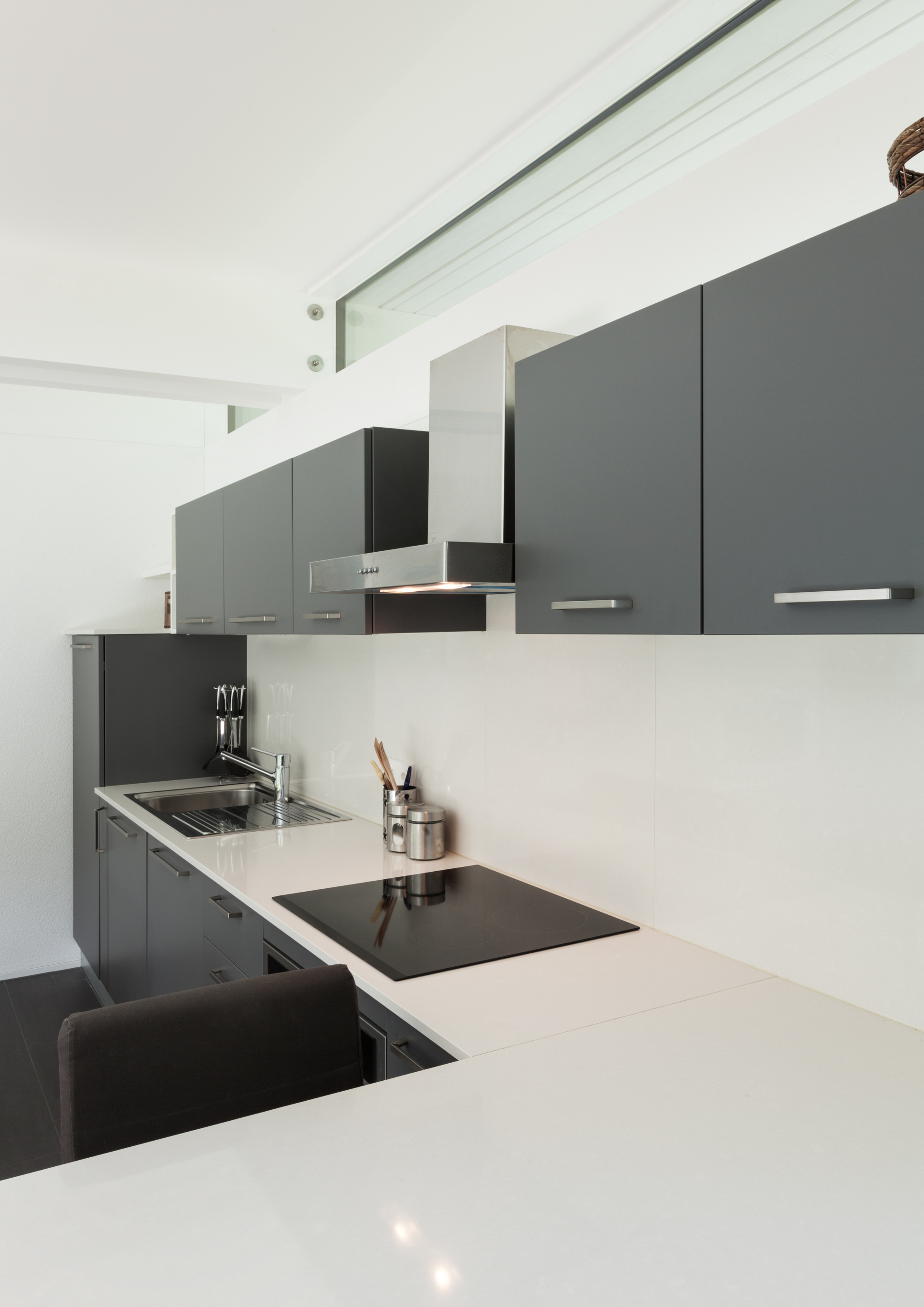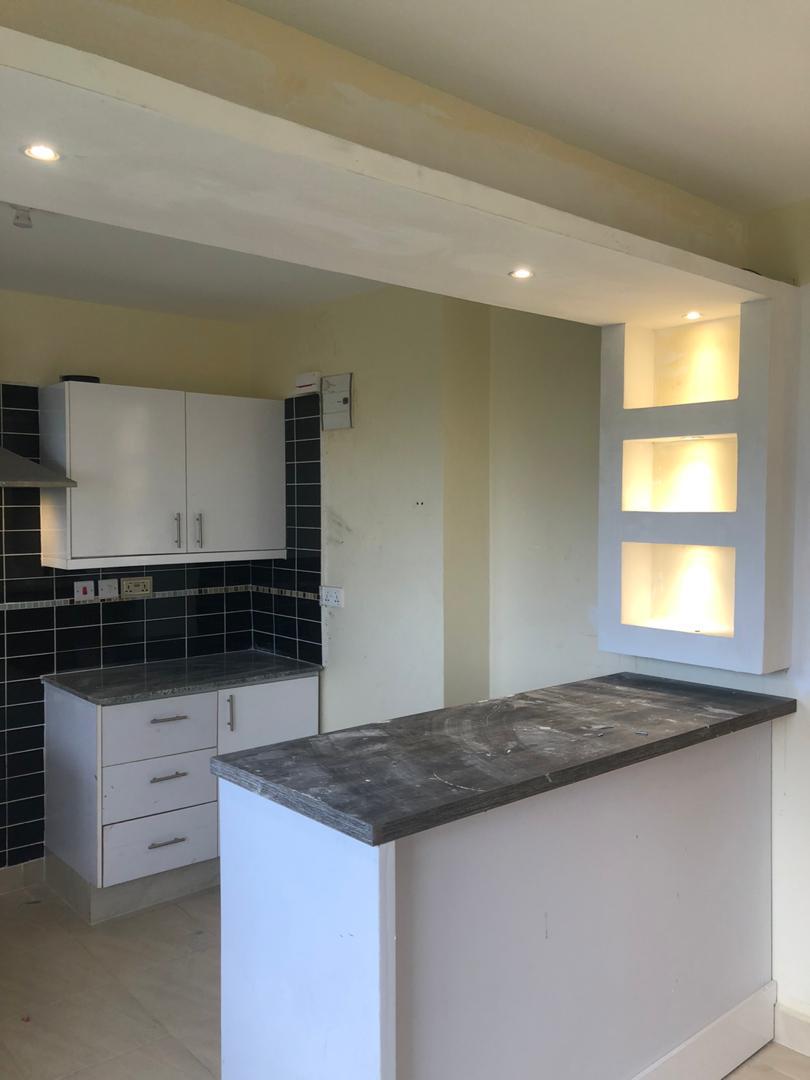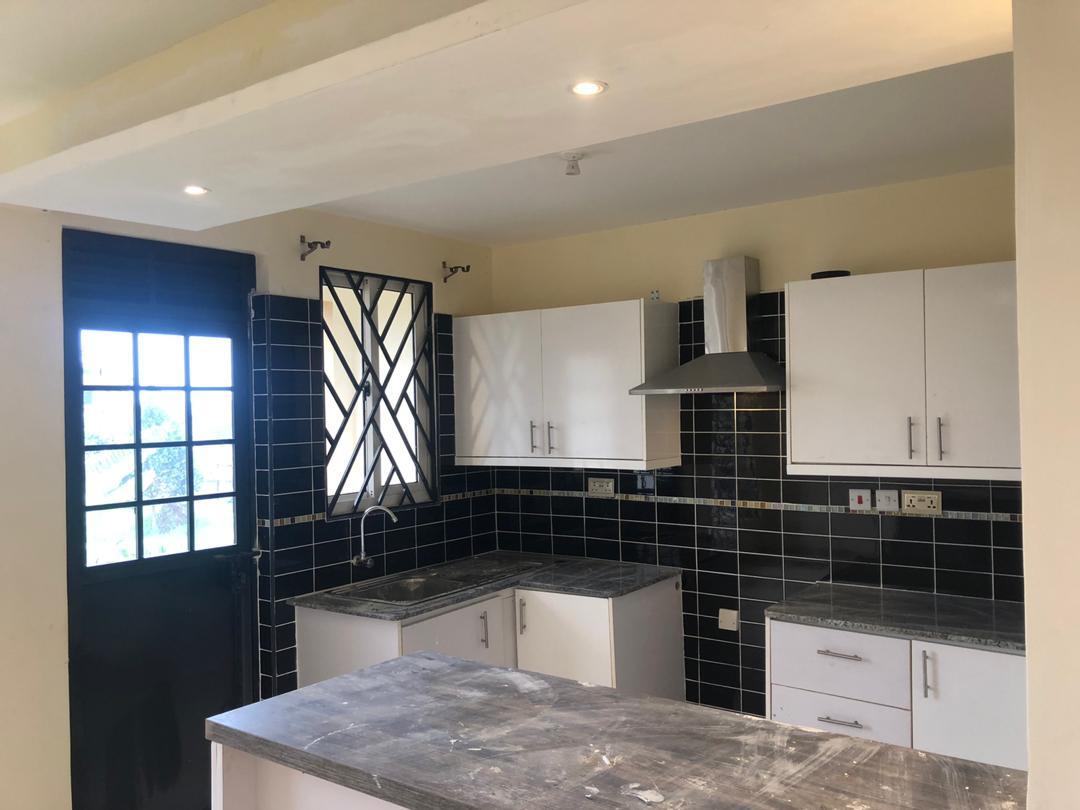Kitchens
Kitchens are more than just places we cook, but where we entertain friends and family, start our mornings, relax after a long day and have our dinner. Therefore, they should be designed and made to suit your specific needs.
Inspiring Spaces










Principles To Consider For Functional & Beautiful Kitchens
Principle 1
Work Sequence
The work sequence is the order of activities involved in preparing food. This means all the steps from walking in with the groceries, storing the produce, to prepping, cooking, eating, and to eventually cleaning it all away. We can break these down into six main steps, which are explained below;
Activities
1) Store – unloading and unwrapping of food, storing in refrigerator/freezer/ larder/cupboards
2) Wash – washing, peeling, chopping, sieving food, dishwashing
3) Prepare – weighing, mixing cake and pastry making
3) Cook – hob for boiling and frying, grill for grilling and browning, oven for baking and roasting, microwave oven for defrosting, fast cooking and heating.
4) Serve – dishing up food, keeping food hot, toasting bread, storing cutlery, crockery and condiments
5) Eat – table laying and eating
6) Clear – removing dirty dishes to sink and dishwasher, returning uneaten food to refrigerator and cupboards.
7) Wash up – waste disposal, loading dishwasher, hand washing, draining, putting away
Illustration 1

So how does all this effect the design process? Well, the idea is to design a layout where cross circulation is as minimal as possible. In other words, to arrange the kitchen in a way that the listed tasks can be carried out with least possible effort. Having said that, there’s always going to be crossing some of the activities. For instance, the sink is used both for preparation and washing up, and the flow of tableware and crockery to and from the dishwasher and the table.
The distance between the preparation area (number 3) and the wet zone (number 2) should be minimal. This is because nobody wants to carry around heavy pans from sink to the hob longer than they have to. The recommended distance between the two is no longer than 1.8 meters.
principle 2
Work Triangle
The work triangle is the relationship between three of the main appliances used in the kitchen – the refrigerator, sink, and the cooker. As a rule of thumb, when we add the lengths together, the sum should not be less than 3.5 meters, and no more than 6.5 meters. Shorter distance means that we don’t have enough work surface space, whereas longer distance means that we’ll just end up walking around too much every time we cook a meal
So even though we are working on a fairly large family kitchen layout, we can keep it efficient by following the kitchen triangle rule. The triangle lengths are calculated from the centre of each appliance, as shown in Illustration 2. We can quickly check if our triangle satisfies the recommended distances by adding up the lengths;
2410 mm + 2245 mm + 1210 mm = 5865 mm (5.9 m) which falls between 3.5 m and 6.5 m.
Get in touch
We offer consultation and build kitchens for homes and commercial spaces

